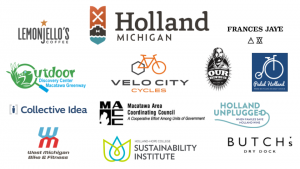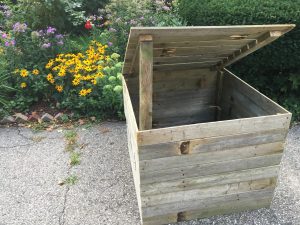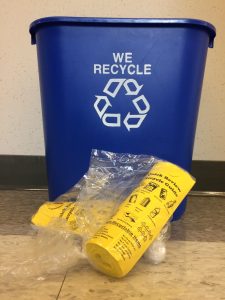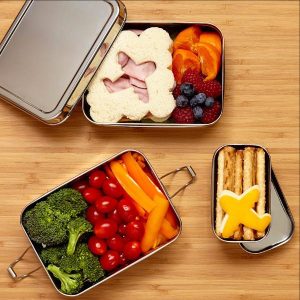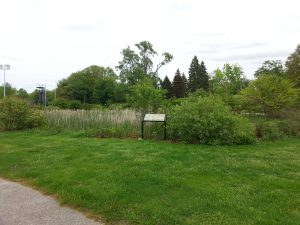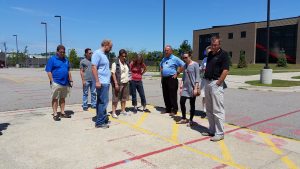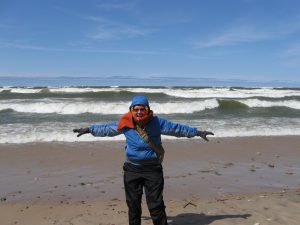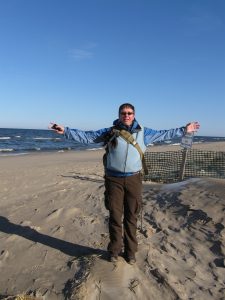Monday, August 21 at 7:00pm – FREE RIDE
Come celebrate the new bike lanes in Holland and show your support for alternative transportation at the Bike Holland ride series this summer. The ride will roll out from Centennial Park (250 Central Ave Holland) at 7PM and will last roughly 45 minutes at a very casual and social pace. All types of cyclists and bikes welcome. Helmets are required.
 This final ride will be led by the Russcher family! If you spend much time downtown Holland, then you’ve probably seen this family out and about on their bikes! Andy commutes via bike daily and the family makes cycling a priority in their day to day lives. Andy is an active member of Pedal Holland. Our post-ride get together will be at New Holland Brewing Co.
This final ride will be led by the Russcher family! If you spend much time downtown Holland, then you’ve probably seen this family out and about on their bikes! Andy commutes via bike daily and the family makes cycling a priority in their day to day lives. Andy is an active member of Pedal Holland. Our post-ride get together will be at New Holland Brewing Co.
Huge thank you to all of our partners, ride leaders and post-ride sites!! The Russcher family, New Holland Brewing Co., Velo City Cycles, Our Brewing Company, Lemonjello’s Coffee, Frances Jaye, Collective Idea, Pocket Photographer, Pedal Holland, Green Commute Week, Holland, MI, City Of Holland, Michigan – City Hall, West Michigan Bike & Fitness, and Outdoor Discovery Center !!
Did you know? – Commuting by bike is a great way to make our community more sustainable. Bikes are the most energy-lean form of transportation around: not only are they human-powered, they also require only a fraction of the energy of a car to manufacture and maintain. And riding your bicycle is an unbeatable stress-buster, too – people who commute by bike reduce their stress level by a whopping 40%!
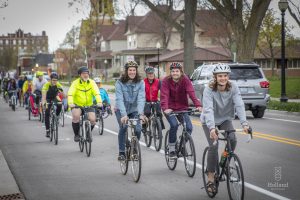
We are looking to reduce the amount of energy we all use as part of Holland’s 40-Year Community Energy Plan, and choosing alternative modes of transportation reduces our carbon footprint. So unplug, get outdoors, get healthier, and spend time with friends and family – hop on a bike for your next trip!
For information about biking in Holland visit the City’s website http://www.cityofholland.com/bikeholland
and the Macatawa Area Coordinating Council’s website http://www.the-macc.org/green-commute/
City Bike Map: http://www.cityofholland.com/sites/default/files/fileattachments/folded_bike_map_info_9.pdf
For more information about the series visit: www.hope.edu/sustainability-institute



